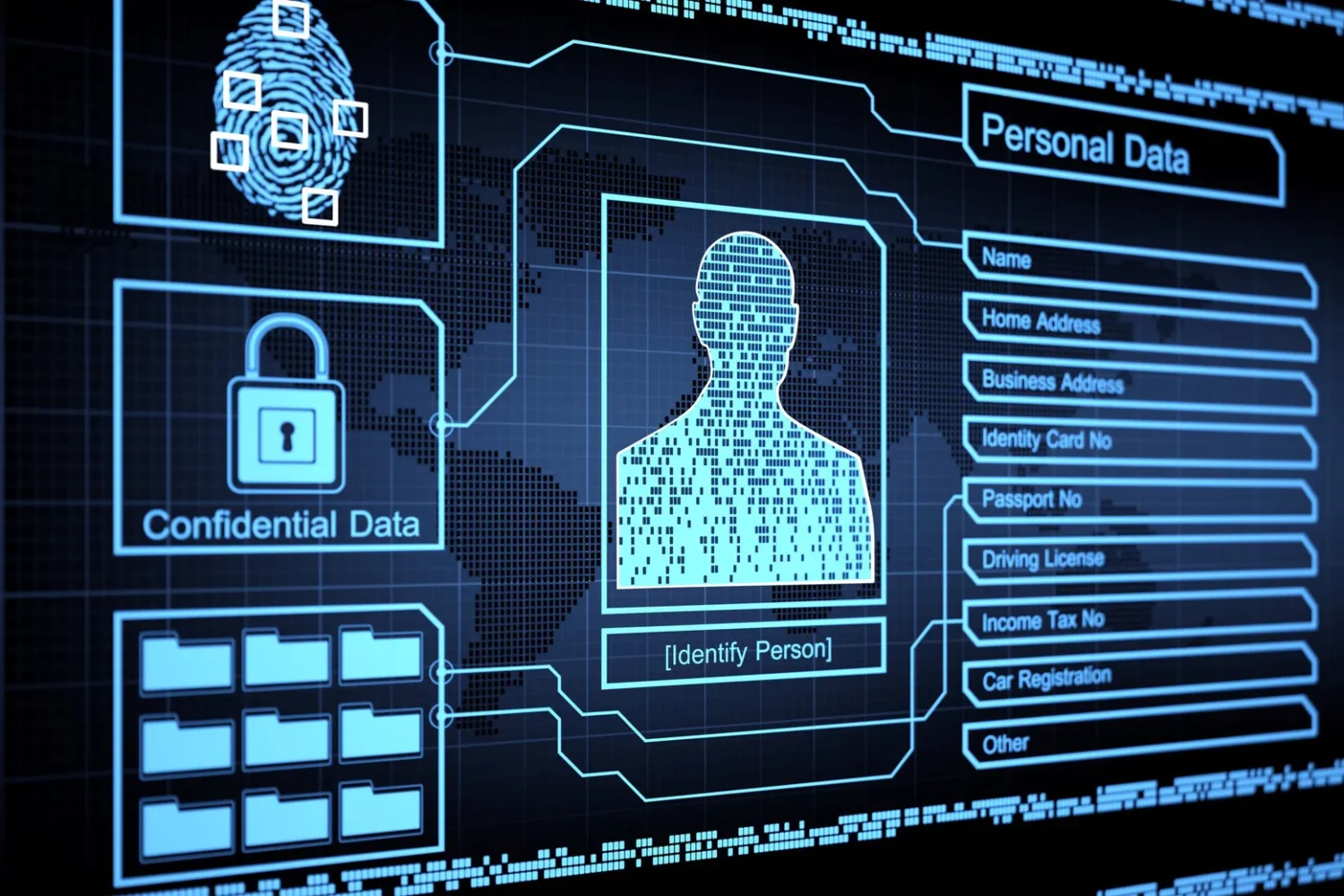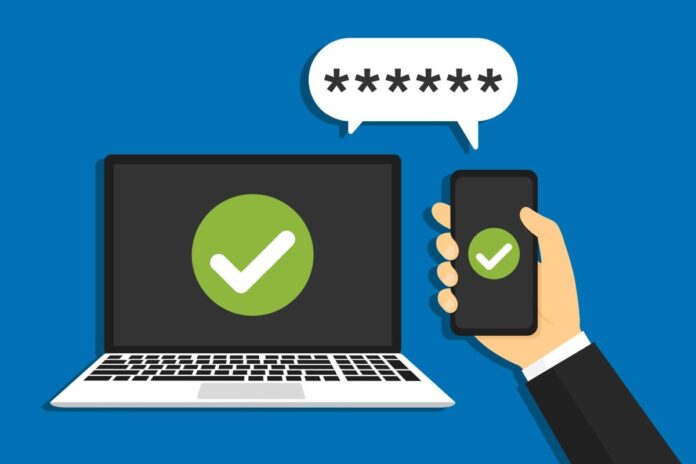Identity theft can be devastating. Thieves can use your personal information to open credit cards or take out loans in your name, sometimes making the minimum payments for years before they max everything out and disappear. People can file taxes in your name and steal your tax refund money, or they can open electricity, phone, or other utility accounts in your name. They can get medical care using your health insurance, and mess up your medical history while they’re at it because their information will go in your file as yours. An identity thief may even give the cops your name and information instead of his or her own when arrested.
And this kind of thing is happening more often. Take these steps to protect yourself.
Freeze and Monitor Your Credit

Unless you’re going to be applying for a new loan or credit card, it’s best to freeze your credit so that new accounts can’t be opened in your name. This is the best way to protect your credit from identity thieves opening accounts in your name. If you want to get some credit, you can simply unfreeze your credit until the application process is over.
The founder of Aura, Hari Ravichandran, learned that lesson when, in 2014, he applied for a mortgage. His application was denied outright and it turned out that Ravichandran had been victimized by an identity thief who had trashed his credit.
If you’re not going to freeze your credit, you should at least monitor it to make sure that no one is using it to open accounts in your name. Monitor your credit for new inquiries, new accounts, and changes to your address or other personal information that you didn’t make. A significant change in your credit score could also indicate identity theft.
Get Some ID Security Software
You definitely need to buy some high-quality ID protection software or sign up for an identity protection service. These services can monitor the dark web for your information, monitor your credit reports for you, provide identity theft insurance coverage, and offer recovery support and guidance from a real live human being if your identity is stolen.
Sign Up for Informed Delivery from the USPS
Identity thieves still get a lot of the information they need from stealing mail – plus they can get ahold of debit and credit cards by stealing them out of your mail. Sign up for Informed Delivery from USPS so you’ll know exactly what pieces of mail to expect. If you really want to protect your mail, get a post office box.
Strengthen Your Passwords
Strong, unique passwords are essential for keeping thieves out of your financial and shopping accounts and email. Use a different password for each one of your online accounts and make sure each one is a random combination of letters, numbers, and special characters. Use two-factor authentication (2FA) when you can for an added layer of protection. If you get an authentication notification that you didn’t prompt yourself, you’ll know that someone is trying to get into one of your accounts.
Safeguard Your Personal Information

You should always protect your personal information. Don’t carry your Social Security card, health insurance card, or other private documents around with you – keep them in a safe place at home unless you know you’re going to need them. Don’t give out your Social Security number unless it’s absolutely necessary. If a business or health care provider asks for your Social Security number, ask them why they need it, how they’re going to protect it, and whether you can just use the last four digits for identification instead of the whole number.
Enroll in Text or Email Alerts
Most banks and other financial institutions will allow you to sign up for text or email alerts whenever someone performs a transaction on your account. Sign up for these alerts so you’ll know if someone is using your credit or debit card to buy something.
Lock Your Phone
If you lose your phone or it gets stolen and it’s unlocked, anyone can just pick it up and have instant access to all of your personal and financial data. At least if you have a password on your phone, you’ll have a chance to protect yourself by wiping the device remotely.
Read Your Statements
You should read every one of your credit card and bank statements in its entirety. Look for transactions that you didn’t authorize. Watch for your bills and if you don’t get one, call the issuer to ask why. It could be a sign that someone has stolen your identity and changed your address. Look at your health insurance explanation of benefits documents, too. These could tip you off to health care services someone else received under your name.
Use Two-Factor Authentication (2FA)

Two-Factor Authentication (2FA) adds an extra layer of security to your online accounts, making it much more difficult for identity thieves to gain access. Typically, 2FA requires not only a password and username but also something that only the user has on them, such as a physical device or access to a specific mobile app. For example, after entering your password, you might be required to enter a code sent to your phone.
This ensures that even if someone has stolen your password, they would still need physical access to your secondary device to complete the login process. Many financial institutions, email providers, and social media platforms offer 2FA, and enabling it can be as simple as following a few prompts in the security settings of your account. By taking this extra step, you make your personal and financial information much more resilient against identity theft.
Final Thoughts
Identity theft can ruin your life and your finances, but you don’t have to be a victim. Treat your identity like the precious possession it is, and keep it safe from hackers and thieves. Utilize the various security measures available such as monitoring credit reports, using strong and unique passwords, and employing Two-Factor Authentication where possible. Be vigilant about your personal information, and don’t share it with untrusted sources. By taking a proactive approach and following the guidelines outlined, you can significantly minimize the risk of falling prey to identity theft, ensuring a safer and more secure personal and financial life.





![Calgary’s Hottest Neighborhoods for Luxury Homebuyers [2024]](https://thewashingtonote.com/wp-content/uploads/2024/04/Calgary-324x160.png)



